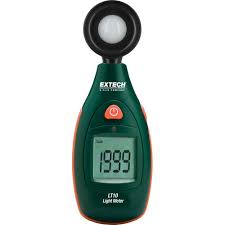Hello; I use a LUX meter. Although not as good as a par, its a lot cheaper & its better than nothing.
From reading I see there is some conjecture on the figure that should be obtained for LUX.
So my question is; what LUX number range should I set the LED light intensity at, at the water surface for an 18" deep bare bottom mixed reef?
Presently its at around 11,000 from memory.
cheers

From reading I see there is some conjecture on the figure that should be obtained for LUX.
So my question is; what LUX number range should I set the LED light intensity at, at the water surface for an 18" deep bare bottom mixed reef?
Presently its at around 11,000 from memory.
cheers
















